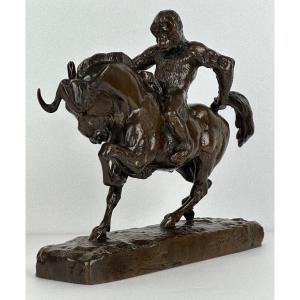Famous for his animal sculptures, Antoine-Louis Barye (1795-1875) is the son of a goldsmith, who trained in metalworking with a military equipment manufacturer and with Jacques-Henri Fauconnier. In 1818, he entered the École des Beaux-Arts in Paris and apprenticed in the workshop of the sculptor François Joseph Bosio and the painter Jean-Antoine Gros. After several failures at the Grand Prix de Rome, Barye slammed the door of the Beaux-Arts in 1825. He then turned to animal sculpture which he brought back into fashion. With his friend Delacroix, he regularly went to the menagerie of the Natural History Museum to study and observe the animals. It was in 1831 that Barye became known to the general public by exhibiting the Tiger Devouring a Gharial at the Salon (Louvre), a work depicting a violent combat of “impressive virtuosity”. Two years later, he triumphed with the Lion with a Serpent in plaster, which was also successfully exhibited in its bronze version during the Salon of 1836. Preferring bronze to marble considered too cold, the artist multiplied the statuettes and small animal groups that he melts and chisels himself. After a difficult period, the Second Empire gave it a second wind. Barye sculpts animals like never before. First, they are the subject of the sculpture, not a mere prop. Then, the artist relies on a precise and faithful analysis of nature.
General delivery conditions: General conditions of sale and delivery: The price indicated on the advertisement includes delivery throughout mainland France. For Germany, Belgium, Italy or Spain contact us for a quote. For the United States, non-EU Europe or the rest of the world, contact us for a quote but the import taxes applicable in each country remain your responsibility. Packaging and transport monitoring are carried out by ourselves or by professional carriers specializing in works of art.


















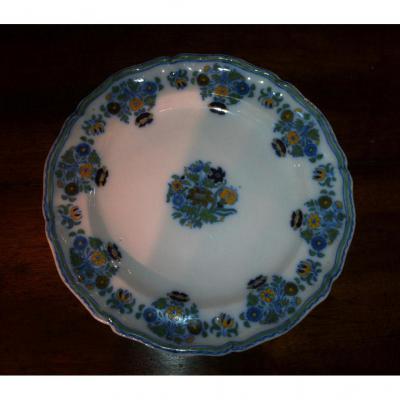

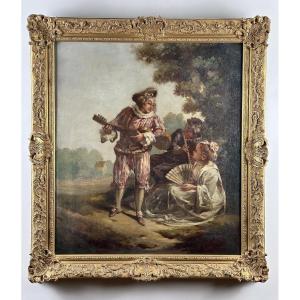
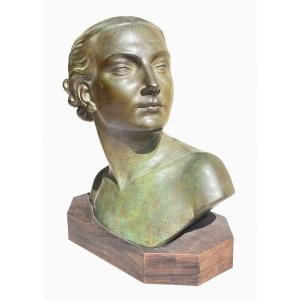

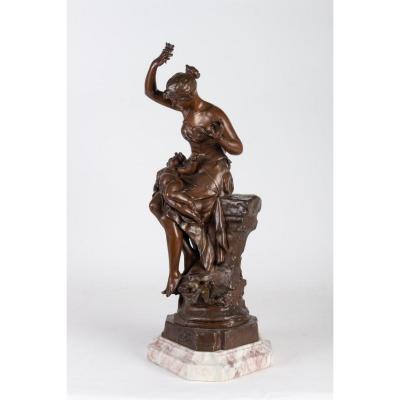


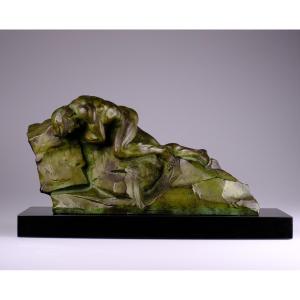
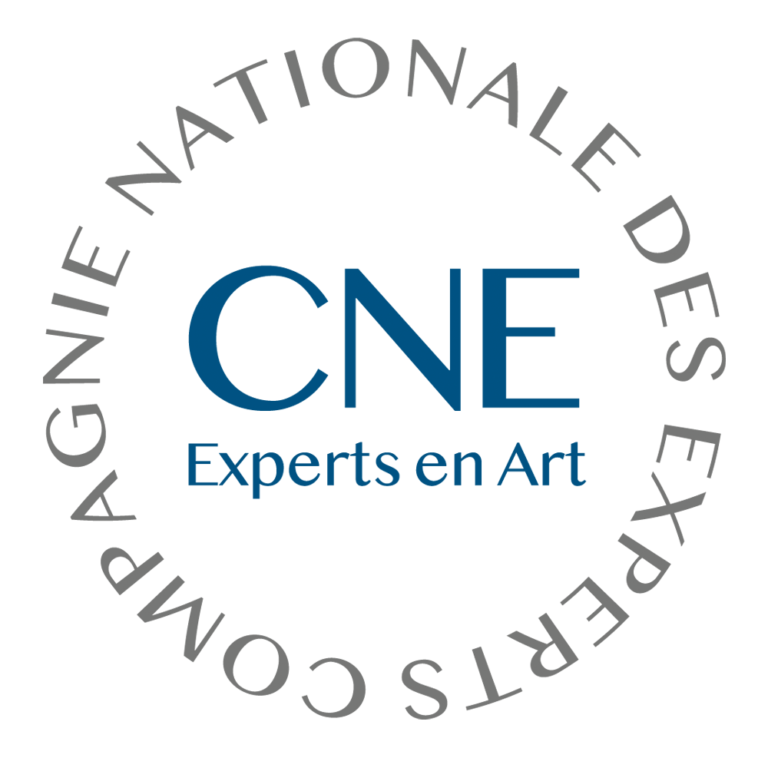



 Le Magazine de PROANTIC
Le Magazine de PROANTIC TRÉSORS Magazine
TRÉSORS Magazine Rivista Artiquariato
Rivista Artiquariato
